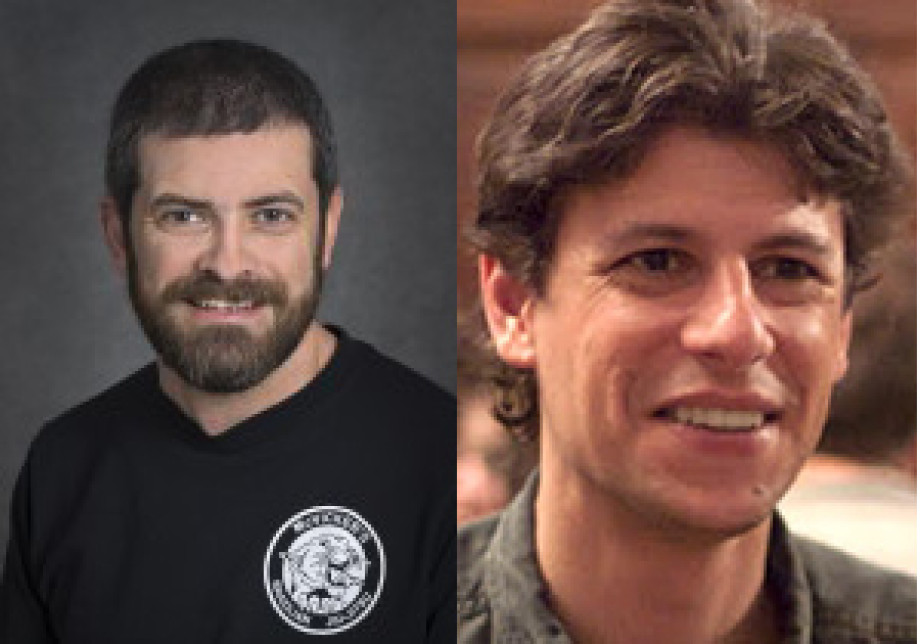NSF Cybersecurity Center of Excellence, ESnet Organize Working Group on Open Science Threats
Jon Bashor, jbashor@lbl.gov +1 510 486 5849
Managing the security risks to scientific instruments, data and cyberinfrastructure is a priority for creating a trustworthy environment for science. Assessing and managing the risks to the integrity and availability of science, and sometimes also privacy issues, involves making judgments on the likelihood and consequences of threats. Deep experience in understanding cybersecurity and the science being supported is needed to achieve these goals. As a result, ESnet and the NSF Cybersecurity Center of Excellence are collaborating with research and education community leaders to develop a threat profile for open science to formally capture and benchmark this expertise, allowing other organizations to apply these best practices more broadly.
“Finding the expertise and experience to do risk assessments in the context of science is difficult for many open science projects,” said Von Welch, director of the NSF Cybersecurity Center of Excellence.“ We believe this collaboration will be a valuable, and more importantly, a scalable asset for the community as they look to apply appropriate cybersecurity measures at their science facilities and institutions.”
Organized by Sean Peisert and Michael Dopheide from ESnet and Von Welch and Susan Sons from the NSF Cybersecurity Center of Excellence, a working group of nine scientists and cybersecurity leaders from across the country has been formed to tackle developing the threat profile: Ilkay Altintas (San Diego Supercomputer Center), RuthAnne Bevier (Caltech), James Cuff (Harvard), Rich LeDuc (Northwestern), Pascal Meunier (HUBzero), Reagan Moore (iRods), Stephen Schwab (USC Information Sciences Institute) and Karen Stocks (Scripps Institution of Oceanography).
“Several government and academic organizations involved in cybersecurity policy have built a solid foundation for risk management, but it still takes expert judgment to assess risks for the assets found in the open science community,” said Sean Peisert. “The goal of this effort is to provide tailored guidance to the science community on the threats to science assets and the consequences of those threats to the science mission. This information will provide a basic knowledge framework to expedite managing those threats for the wide portfolio of open science projects.”
The need for a threat profile is a key component of the NSF solicitation which recently funded the NSF’s Cybersecurity Center of Excellence. “Cybersecurity for science is different than in many other domains. For example, integrity is as important to scientific datasets as confidentiality,” said Anita Nikolich, cybersecurity program director at the NSF's advanced cyberinfrastructure division. “Having a shared, documented understanding of these threats will be a substantial step forward for the NSF community.”
“As the Department of Energy’s network for research and collaboration, ESnet connects so many large DOE experimental and HPC facilities which are producing the datasets that researchers around the world need access to for their research,” Peisert said. “We believe it is a moral imperative to be a part of this effort so the community can have greater assurance that their data and network-connected scientific instruments are secure.”
More information about the working group can be found at http://trustedci.github.io/OSCTP/ or you can follow http://blog.trustedci.org/ for updates.
About the NSF Cybersecurity Center of Excellence • trustedci.org
The Center for Trustworthy Scientific Cyberinfrastructure (CTSC) is funded as the National Science Foundation’s Cybersecurity Center of Excellence. The mission of CTSC is to improve the cybersecurity of NSF science and engineering projects, allowing those projects to focus on their science endeavors. This mission is accomplished through one-on-one engagements with projects to address their specific challenges; education, outreach, and training to raise the state of security practice across the scientific enterprise; and leadership on bringing the best and most relevant cybersecurity research to bear on the NSF cyberinfrastructure research community.
About ESnet • www.es.net
The Energy Sciences Network (ESnet) is an international, high-performance, unclassified network built to support scientific research. Funded by the U.S. Department of Energy’s Office of Science (SC) and managed by Lawrence Berkeley National Laboratory, ESnet provides services to more than 40 DOE research sites, including the entire National Laboratory system, its supercomputing facilities, and its major scientific instruments. ESnet also connects to over 140 research and commercial networks, permitting DOE-funded scientists to collaborate productively with partners around the world.




